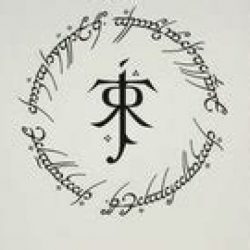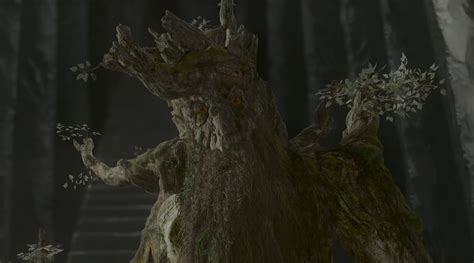Another common argument amongst us nerds is who is older, the blue-jacketed spirit or the un-hasty Ent. Gandalf claims that Treebeard is the eldest of all living beings, but Tom Bombadil claims that he was in Arda before Morgoth rose to power, which is long before even the Ents were alive. So… who is truly older?
My answer depends on the interpretation of ‘living being’. My theory is as follows: Treebeard is older, as a tree, but before he was awakened and became an Ent, Tom had come into existence. Trees existed among the earliest things, before Morgoth truly ascended to power in Utumno, so it is possible that one of these would someday become Treebeard. Ents themselves did not exist until later, after the dwarves were created in Valinor.
As this does concern Tom, nobody can give a definite answer, and many answers can be correct. This is only my theory, and while I am quite confident that it is at least close, nobody can ever be sure.


